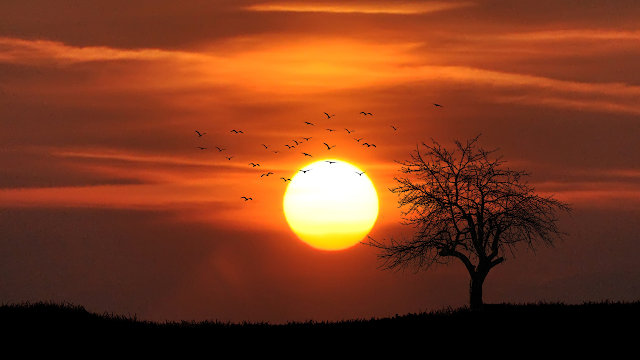The Art and Science of Prediction: How We Forecast the Future
Introduction
Prediction is an essential part of human life. From weather forecasts to stock market trends, from sports outcomes to election results, we constantly try to anticipate what’s coming next. But how accurate are predictions? What methods do we use, and can we really trust them? In this blog, we’ll explore the fascinating world of prediction—its techniques, challenges, and real-world applications.
Why Do We Predict?
Humans have an innate desire to reduce uncertainty. Whether it’s deciding whether to carry an umbrella or investing in a new business, predictions help us make better decisions. Some key reasons we rely on predictions include:
Risk Management – Businesses use forecasts to mitigate financial risks.
Strategic Planning – Governments and organizations rely on projections for long-term policies.
Scientific Research – Predictive models help in climate science, medicine, and AI development.
Everyday Convenience – Apps predict traffic, shopping habits, and even our next favorite song.
>Methods of Prediction
Predictions can be made using different approaches, ranging from simple intuition to complex algorithms. Here are some common methods:
1. Statistical Forecasting
Uses historical data to identify trends.
Examples: Stock market analysis, sales forecasting.
2. Machine Learning & AI
Algorithms learn from vast datasets to make predictions.
Examples: ChatGPT, recommendation systems, fraud detection.
3. Expert Judgment
Humans with deep domain knowledge make educated guesses.
Examples: Sports analysts, political pundits.
4. Simulation Models
Complex systems (like climate) are simulated to predict outcomes.
Examples: Weather forecasting, pandemic spread modeling.
5. Superstition & Intuition
Less scientific but still widely used (e.g., astrology, gut feelings).
Challenges in Prediction
Despite advancements, predictions are never 100% accurate. Some key challenges include:
Uncertainty & Randomness – Black swan events (like pandemics or economic crashes) disrupt models.
Data Quality – Garbage in, garbage out: Poor data leads to poor predictions.
Overfitting – Models may work well on past data but fail in real-world scenarios.
Human Bias – Experts and algorithms can both be influenced by prejudices.
Famous Predictions: Hits and Misses
✅ Successful Predictions
Weather Forecasting – Improved drastically with satellite data and AI.
Election Polls – Often accurate but can fail (e.g., 2016 U.S. election).
Disease Outbreaks – Models predicted COVID-19’s spread with reasonable accuracy.
❌ Failed Predictions
"Y2K Bug Will Cause Chaos" – The world didn’t collapse in 2000.
"Flying Cars by 2020" – Still waiting!
Stock Market Crashes – Rarely predicted accurately.
The Future of Prediction
With AI and big data, predictive models are becoming more sophisticated. Some emerging trends include:
Real-Time Predictions – Instant analysis of live data (e.g., sports, finance).
Explainable AI – Making machine learning predictions more transparent.
Hybrid Models – Combining human expertise with AI for better accuracy.
Conclusion
Prediction is both an art and a science. While no method is perfect, advancements in technology are making forecasts more reliable than ever. The key is to use predictions wisely—balancing data-driven insights with an acceptance of uncertainty.
What’s your take on predictions? Have you ever made a surprisingly accurate (or wildly wrong) forecast? Share your thoughts in the comments!


.png)




.jpg)

